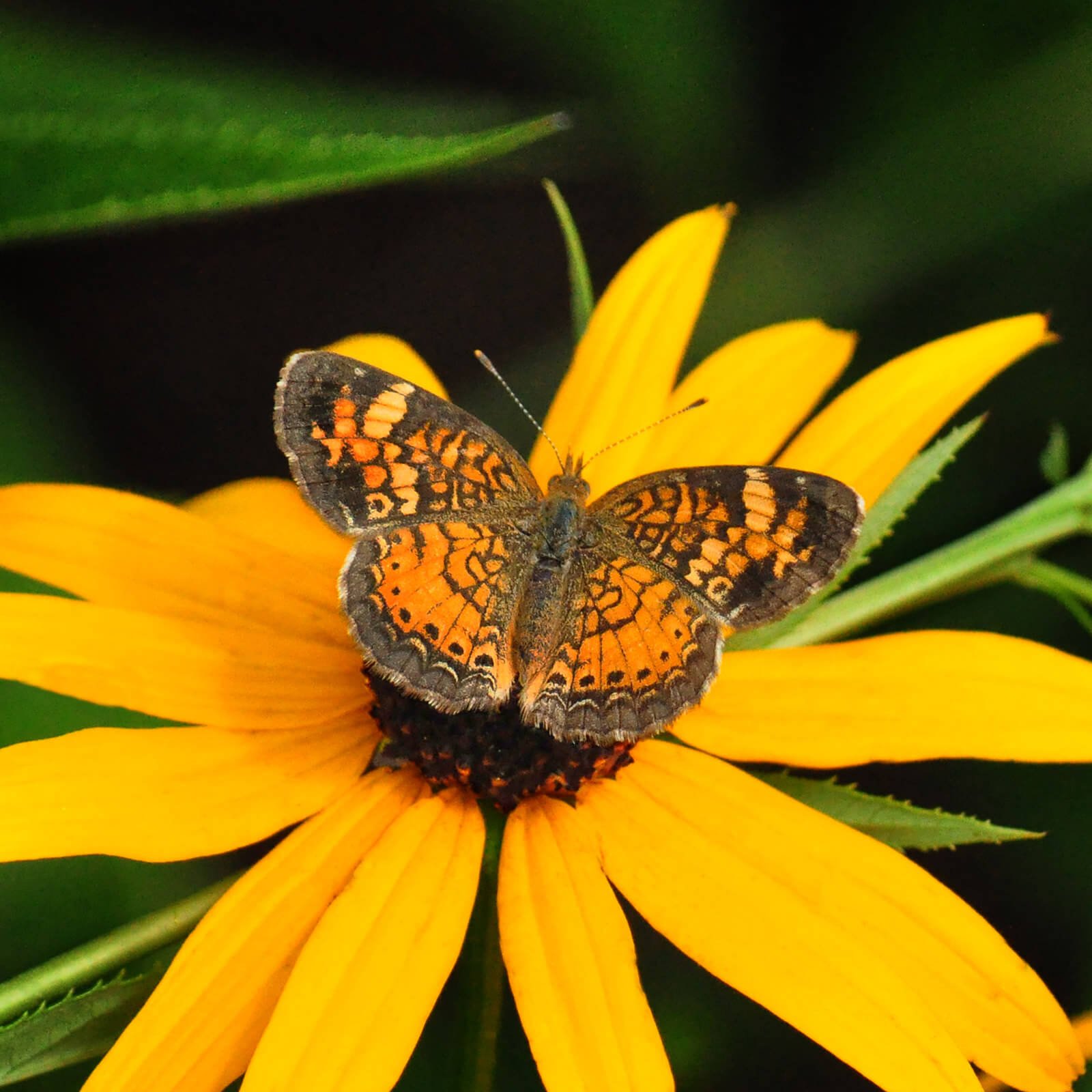Life Cycle: Perennial
Sun Exposure: Full, Light shade
Soil Moisture: Medium-Wet, Medium
Height: 30-50 feet
Plant Spacing: 20-30 feet
Bloom Time: May-June
Bloom Color: Greenish-White
Advantages: Bird Favorite, Caterpillar Favorite, Pollinator Favorite
Host Plant: 30 species of butterflies and moths in our area (nwf.org)








